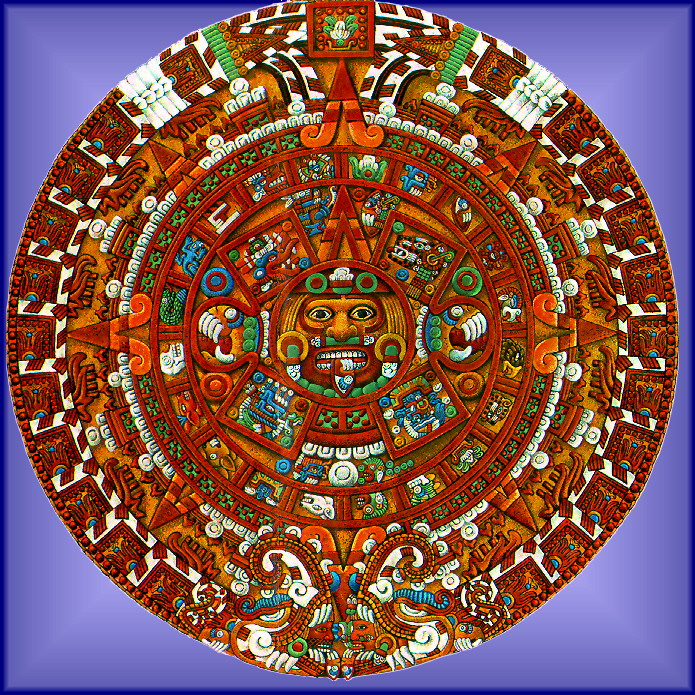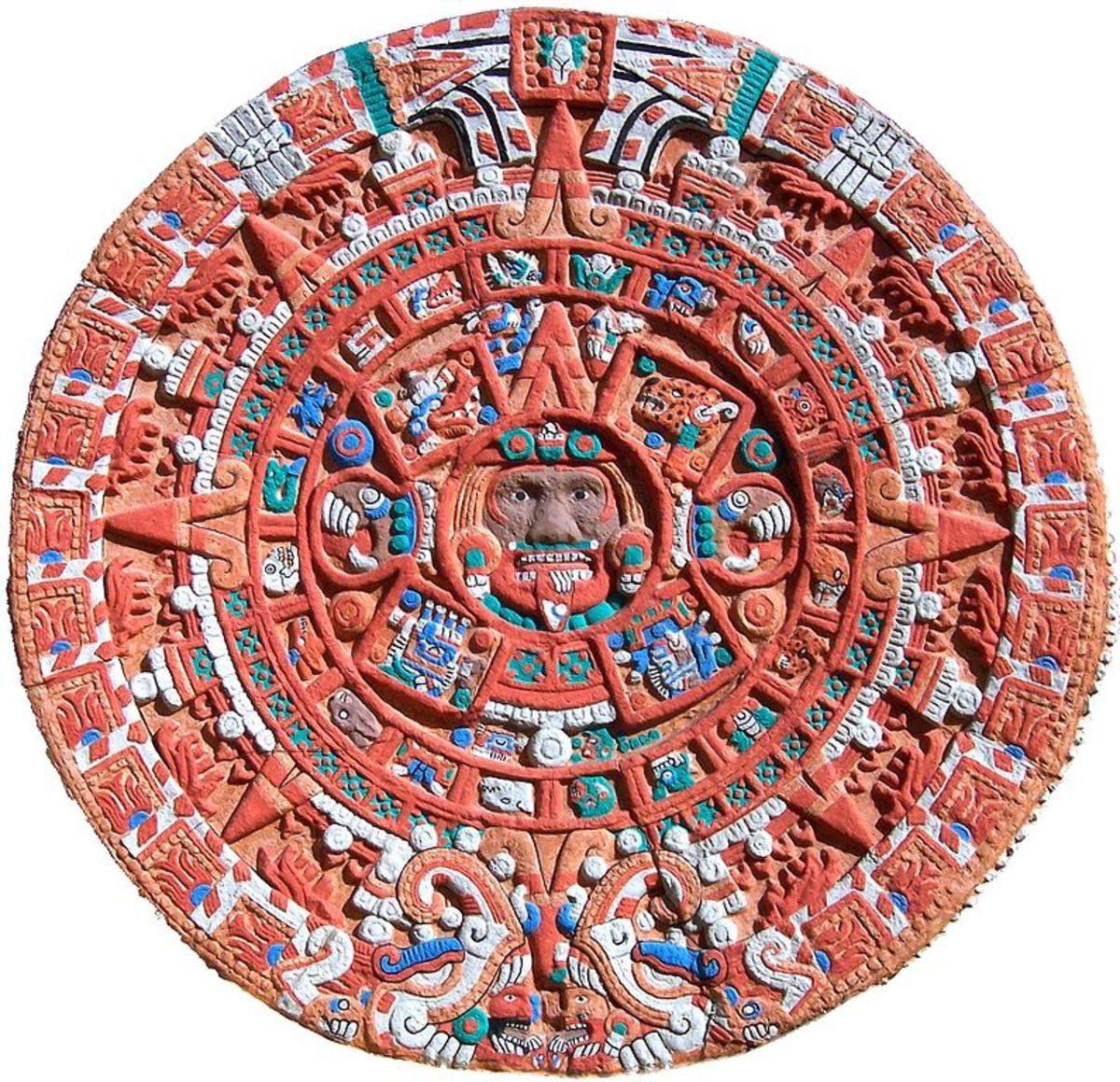Who Created The Aztec Calendar Stone WEB While the calendar was central to Aztec beliefs it wasn t entirely their own invention The combination of 365 day and 260 day calendars with 20 day months was used by other Nahua
WEB The Aztec Calendar Stone is the most widely recognized emblem of pre Columbian Mesoamerican civilization Although it was sculp ted by anonymous Aztec artisans during the reign of King Axay 225 calt 1469 1481 only forty years prior to the Spanish Conquest it embodies a rich cultural tradition that extends back another two thousand years WEB The Aztec Calendar Stone or Piedra del Sol was buried a few decades after the conquest beneath what is now Mexico City s main plaza or Z 243 calo It was rediscovered in 1790 and mounted on one of the towers of the Catedral metropolitan where it remained until 1885
Who Created The Aztec Calendar Stone
 Who Created The Aztec Calendar Stone
Who Created The Aztec Calendar Stone
https://i.pinimg.com/originals/21/4c/9f/214c9fd77100770b09b68d9ce0599155.jpg
WEB The Aztec Calendar Stone was a remarkable work of architecture and geometry by the Aztecs and represented their way of calculating time It consisted of a solar and a sacred calendar The solar calendar was used to calculate the
Pre-crafted templates offer a time-saving service for developing a varied range of files and files. These pre-designed formats and designs can be made use of for numerous personal and expert tasks, consisting of resumes, invitations, leaflets, newsletters, reports, presentations, and more, simplifying the content creation process.
Who Created The Aztec Calendar Stone
Travelin Man Aztec Calendar Stone Of The Sun

Aztec Calendar Mesoamerican Tonalpohualli Sun Stone Britannica

CNCnutz Making An Aztec Calendar Part 1 Episode 149

Introduction To The Aztec Calendar

Aztec Calendar Stone

Aztec Calendar Stone Aztec Calendar Facts DK Find Out

https://www.worldhistory.org/Sun_Stone
WEB Sep 4 2013 nbsp 0183 32 The Aztec Sun Stone or Calendar Stone depicts the five consecutive worlds of the sun from Aztec mythology The stone is not therefore in any sense a functioning calendar but rather it is an elaborately carved solar disk which for the Aztecs and other Mesoamerican cultures represented rulership

https://www.britannica.com/topic/Aztec-calendar
WEB Aztec calendar dating system based on the Mayan calendar and used in the Valley of Mexico before the destruction of the Aztec empire Like the Mayan calendar the Aztec calendar consisted of a ritual cycle of 260 days and a 365 day civil cycle The ritual cycle or tonalpohualli contained two

https://en.wikipedia.org/wiki/Aztec_calendar
WEB The Aztec sun stone also called the calendar stone is on display at the National Museum of Anthropology in Mexico City The calendar consists of a 365 day calendar cycle called xiuhp hualli year count and a 260 day ritual cycle called t nalp hualli day count

https://smarthistory.org/the-sun-stone-the-calendar-stone-aztec
WEB Dec 6 2023 nbsp 0183 32 Dr Kilroy Ewbank 1 48 This stone relates to one of the main Aztec myths essentially the creation of the various eras or as they called them suns What we re seeing here is a record a cataclysmic history of previous eras and

https://www.smithsonianmag.com/history/zelia...
WEB Antonio de Le 243 n y Gama a Mexican astronomer mathematician and archaeologist had written about its discovery and praised the intelligence of the Aztecs who had created it
WEB Roberto Sieck Flandes in 1939 published a monumental study entitled How Was the Stone Known as the Aztec Calendar Painted which gave evidence that the stone was indeed pigmented with bright blue red green and yellow colors just as many other Aztec sculptures have been found to have been as well WEB Aztec calendar stone The artist carved the Aztec calendar stone in 1479 Naturally it was dedicated to the sun god It was a massive carving 3 feet thick almost 12 feet across and weighing almost 25 tones 22 5 tonnes
WEB A circular calendar stone measuring about 12 feet 3 7 metres in diameter and weighing some 25 tons was uncovered in Mexico City in 1790 and is currently on display in the National Museum of Anthropology in Mexico City The face of